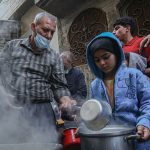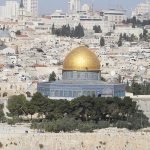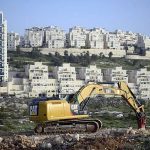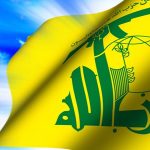5 traditions observed in the Middle East during Ramadan
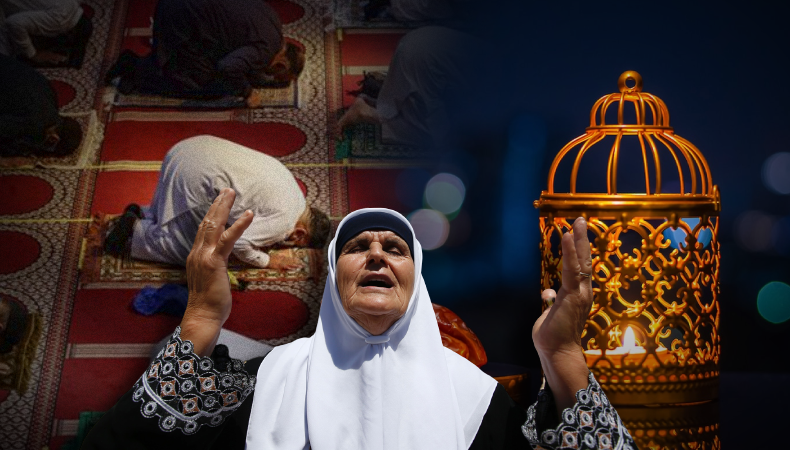
The Muslim communities in Middle East countries celebrate Ramadan with faith. The holy month of Ramadan is not only about just keeping fasts, there are also other traditions observed in the Middle East during Ramadan.
5 traditions observed in the Middle East
Here is the list of the 5 traditions observed in the Middle East
Cannons
Firing cannons is a tradition in the Middle East. Lebanon and Egypt fire cannons as a signal of the end of the day’s fast. Recently, Bahrain fired cannons again in front of large crowds after two years of Covid restrictions. This tradition is adopted in many countries. In Egypt, a cannon is fired at the Ciatdel of Saladin to announce the start of Iftar. Subsequently, people come together to break the fast. Typically, Iftar begins with milk and dates.
Fanous
In Egypt, Ramadan is celebrated with lights. Fanous means lantern or lights in Arabic. Lanterns and lamps have always been special to the Egyptians during the holy month of Ramadan. In Egypt, streets, homes, and neighbourhoods are lit up with fanous.
Related Posts
Nafars
Nafars are horn players in Morocco. They are responsible for waking up people for sahoor, the pre-dawn meal consumed by Muslims before Adhan Al-Fajr (Dawn prayer) during the holy month of Ramadan. People often give tips to nafar throughout Ramadan.
Musaharati
The Musaharati is one of the most deep-rooted traditions found during Ramadan in the Middle East. Musaharati is the name given to the person who walks and beats a drum in residential areas to wake people up for sahoor. Iraq and Syria are the countries that follow this tradition. Sahoor is an important meal in Ramadan that many fasting Muslims do not like to miss.
Mheibes
Mheibes is a traditional Ramadan game played in Iraq after iftar. The game involves two teams and the objective is to conceal a ring. The players cannot change places.



